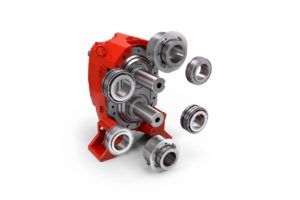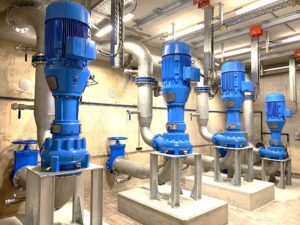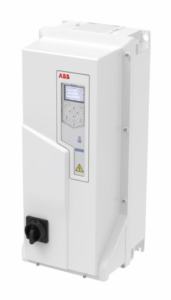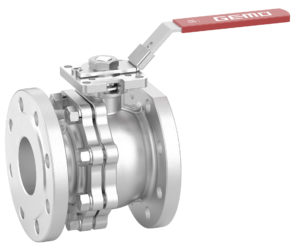Gentle Transfer of Viscous Fluids with New Drum Pump
A viscosity drum pump driven by a powerful 800W motor providing optimum pumping performance with smooth, non-pulsating flows, is a recent addition to the range of pumps offered by Michael Smith Engineers.
The Finish Thompson HVDP (high viscosity drum pump) is a positive displacement pump with a progressive cavity design which incorporates a rotor inside a stator. The rotor resembles a single threaded screw that turns inside the double threaded stator. As the rotor 'rotates', one cavity diminishes while another is created, displacing liquid up the drum pump tube in a smooth, non-pulsating flow.
This contributes towards the pump's energy-saving characteristics because it enables HVDP pumps to operate with smaller motors, even when pumping very viscous liquids.
The HVDP pumps is designed to handle liquids with viscosities up to 20,000 cp at flow rates up to 32 lit/min, heads up to 91 metres and is suitable for handling liquids with a maximum temperature of 82 deg C. This model features heavy duty 316SS tube construction in lengths of 70 cm, 100 cm, 120 cm and also a camlock feature enabling the pump to be disassembled quickly and easily without the need for tools.
Powerful new 800W universal, variable speed motors provide precise adjustment of fluid flow with speed regulator and are available with the HVDP and PF Series of drum/barrel emptying pumps.
Typical applications for HVDP pumps will be found in the chemical, cosmetic, food and coating industries, transferring liquids such as adhesives, pastes, oils, greases, soaps, creams, honey, syrups, paint and waxes.
Source: Michael Smith Engineers







